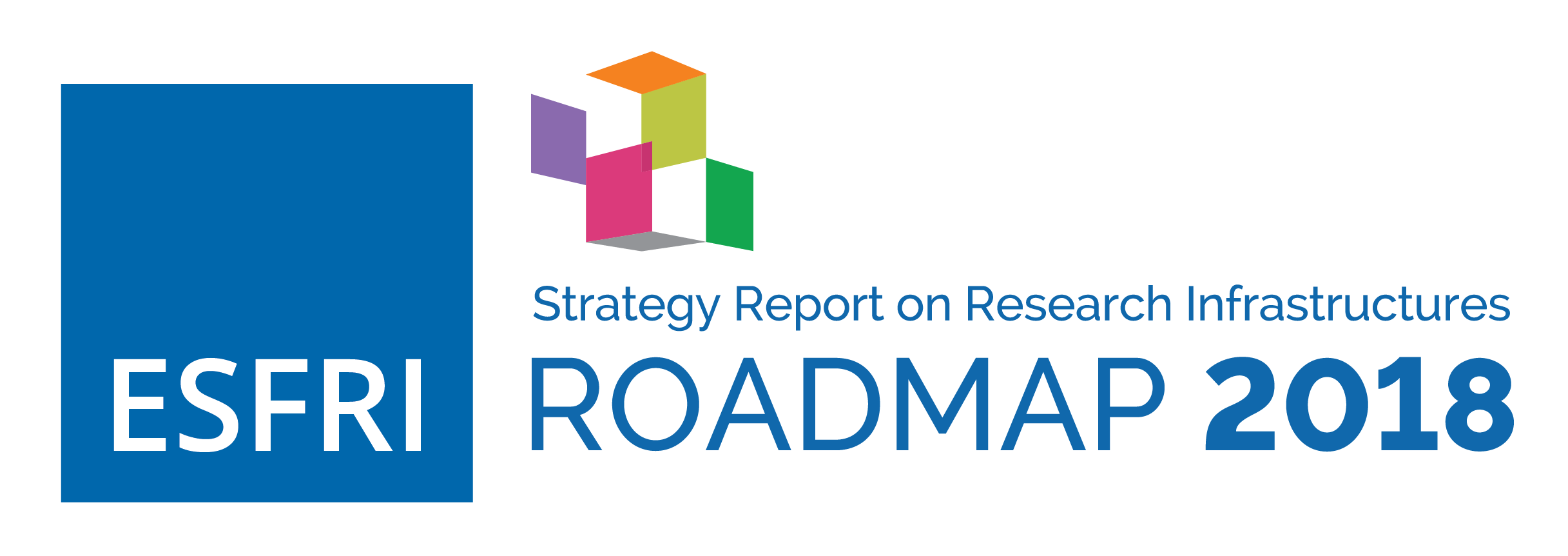Health & Food
##Key messages# The Health & Food RIs landscape is consolidating firmly in the European Research Area with now 10 Landmarks and 6 Projects covering the vast remit of health, agri-food and the bioeconomy. To generate readiness to meet current challenges and demands, the Health & Food RIs need to continue cementing their efforts and connecting between them using their different competences and technologies at the service of the user community. Gaps in the Health & Food landscape can be identified at many levels and it will also be important to connect infrastructure efforts with other domains, as significant innovations and new developments often occur at the boundaries of research areas. In the field of data, further efforts are required to promote and facilitate the interaction between domains and to avoid fragmentation of the data continuum.
There is a broad consensus that future competitiveness in a globalised knowledge economy depends on research capability. Research Infrastructures (RIs) in the Biological, Agri-Food and Medical Sciences – i.e. Health & Food – continue to establish themselves as research, innovation and skills hubs and as a motor for economic impact. This is reflected in increasing levels of industrial access to RIs, and in their European and global positioning.
The economic impact of investments in large-scale biomedical research, such as the 3.75 billion € investment in the Human Genome Project, has spurred an estimated 900 billion € in economic growth, i.e. a 178-fold return on investmentEconomic Impact of the Human Genome Project. Battelle Technology Partnership Practice for United for Medical Research – Tripp, S. & Grueber, M., 2011 https://bit.ly/2NaAzbQ . The bioeconomy on the other hand is estimated to be worth at least 2 trillion € in the EUA Bioeconomy Strategy for Europe, 2012 http://ec.europa.eu/research/bioeconomy. The arrival of the digital age allows sharing and collective working on a large and distributed scale. Health & Food RIs are key catalysers of progress and change in this new age. The increasing level of sophistication in instrumentation, tools and techniques means that even very large institutions or laboratories cannot provide and maintain access to all services relevant to the field in question, hence services need to be more specialised and distributed.Distributed RIs offer an interdisciplinary set of skills, complemented by disciplines outside the Biological, Agri-Food and Medical sciences, and are well positioned to address the challenges facing our society today, which see no countries, boundaries or disciplines.
ESFRI has been instrumental and influential in the co-ordination of national decision- making and investment in European RIs in Health & Food. The landscape continues to evolve and it is important to ensure its ability and agility to respond to current and future demands. Much effort has been invested nationally and at EU level in identifying and establishing the current RIs in the ESFRI Roadmap (see Figure 1). These key infrastructures are at different stages in their implementation, providing access to a range of key services and giving much visibility to the Health & Food landscape.


Figure 1. Health & Food Research Infrastructures in ESFRI Roadmap 2018
Health & Food RIs are also taking an increasing role internationally. The Report of the Group of Senior Officials on Global Research InfrastructuresGSO Progress Report, 2017 https://ec.europa.eu/research/infrastructures/pdf/gso_progress_report_2017.pdf lists the ESFRI Landmarks BBMRI ERIC (Biobanking and BioMolecular Resources Research Infrastructure), ELIXIR (A distributed infrastructure for life-science information) and INFRAFRONTIER (European Research Infrastructure for the generation, phenotyping, archiving and distribution of mouse disease models) as Research Infrastructures of Global Interest recognising their global leadership.
There has been continued progress towards alignment of the Health & Food landscape with the national roadmaps. This is contributing to increased efficiency between existing RIs and will help consolidate existing and new RIs. The landscape requires sustained effort to complement with new RIs, to maximise current services, and to cement new functionalities, integration and interactions with the relevant fields. The Health & Food landscape considers the current and future challenges in Europe, notably in the provision of healthcare and sustainable and healthy food in the context of a changing climate and limited land availability. In order to generate readiness to meet the challenges and demands, the Health & Food RIs need to continue connecting with each other and with the entire scientific landscape, using their different competences and technologies at the service of the user community. Health & Food RIsBiological and Medical Sciences Thematic Working Group Report, 2010 http://ec.europa.eu/research/infrastructures/pdf/bms_report_en.pdf provide complementary and synergistic infrastructure facilities (see Figure 2), and contribute to building the ERA by:
- providing pan-European open access to cutting-edge technology platforms for academia and industry;
- enabling researchers to find new solutions to meet the major societal challenges they face collectively, including the health of the ageing population and the environmentally sustainable supply of affordable and nutritious food;
- promoting interdisciplinary and excellent research in Biological, Agri-Food and Medical Sciences across Europe, alignment and standardising the European research landscape and reducing fragmentation;
- promoting interdisciplinary connections with other domains in Energy, the Environment, Physical Sciences & Engineering, and in Social & Cultural Innovation;
- rapidly translating findings from basic science to new applications in Biology, Agri-Food and Medicine;
- delivering synergies and highly interoperable research processes, creating seamless value chains;
- identifying and accelerating the development and integration of technologies into the infrastructures to meet emerging needs;
- generating opportunities to maximise the competitiveness of Europe’s knowledge-based industry and the bioeconomy – e.g. the agricultural, pharmaceutical, biotechnology and food industries, plus advanced equipment manufacturers, as well as development and utilisation of intellectual property;
- providing training and education to current and future Research Infrastructure professionals;
- attracting and retaining world-leading scientists within the ERA.


Figure 2. The indicative position of ESFRI RIs relative to the different levels of organisation in the Health & Food domain




